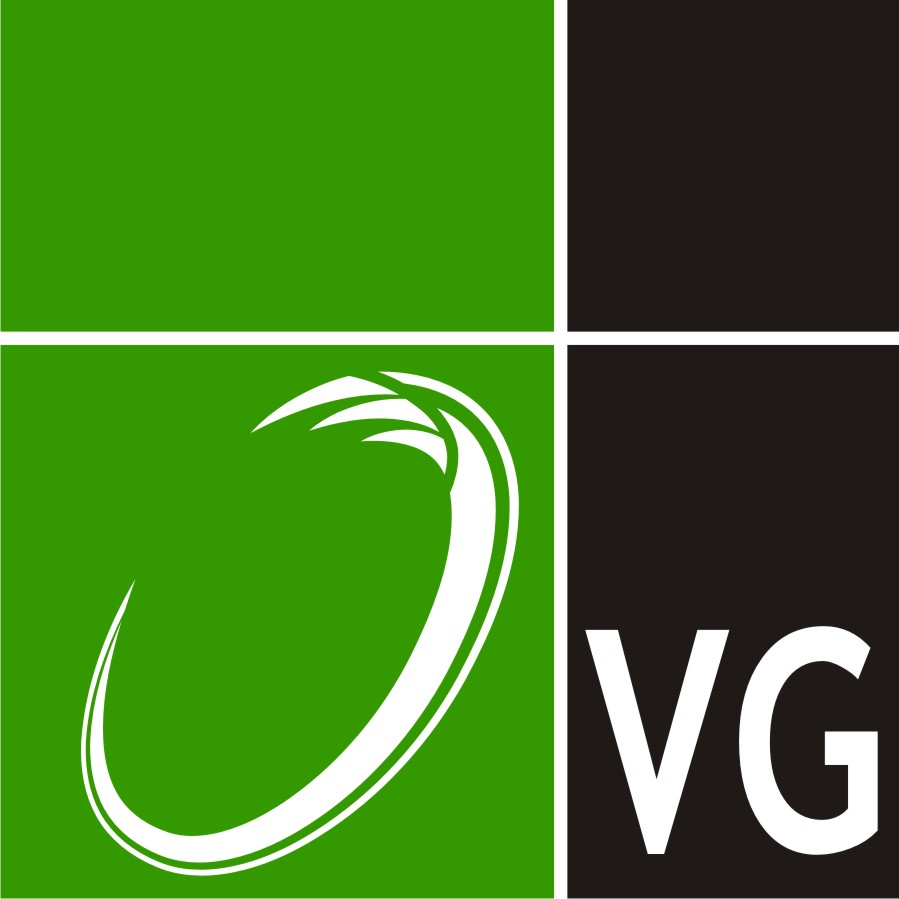Komplementäre Beweissicherung mittels Radarsatellitendaten: Im Kontext des innerstädtischen Infrastrukturausbaus
Markus Dörfler, MSc., Augmenterra
Veranstaltungsort
Hybrides Setting:
TU Wien "Freihaus"
Wiedner Hauptstraße 8, 1040 Wien
Raum: gelber Bereich, 2. Stock, Seminarraum F16
Wegbeschreibung
UND
Digital in Zoom:
https://tuwien.zoom.us/j/65462289400
Inhalt:
Der Vortrag behandelt den Einsatz von Radarsatellitendaten als ergänzende Methode zur klassischen geodätischen Beweissicherung beim Ausbau der U-Bahn-Linien U2 und U5 in Wien. Dabei wird gezeigt, wie diese Technologie Boden- und Bauwerksbewegungen mit Millimeterpräzision überwachen kann, um potenzielle Schäden an Gebäuden und Infrastruktur frühzeitig zu erkennen und den tatsächlichen Einflussbereich der Setzungen bestimmen zu können. Im Fokus stehen die Vorteile der Methode, insbesondere ihre Objektivität und die Möglichkeit zur kontinuierlichen Überwachung, sowie ihr Beitrag zur Sicherung und Akzeptanz komplexer innerstädtischer Bauprojekte.
Vortragender:
Markus Dörfler studierte Geoinformatik an der Universität Salzburg und verfügt über umfassende Erfahrung in den Fachbereichen der Fernerkundung und der Geomorphologie. Nach Tätigkeiten bei der GEORESEARCH Forschungsgesellschaft mbH und Geoconsult ZT GmbH, wo er als InSAR-Spezialist für Großprojekte beteiligt war und die Digitalisierung im Bauwesen vorantrieb, gründete er 2022 die AUGMENTERRA GmbH. Als Geschäftsführer fokussiert er sich auf die kontinuierliche Auswertung von InSAR-Daten für Österreich und treibt innovative Anwendungen der Technologie und den damit verbundenen Know-How Transfer voran.
Hinweis: Der Vortrag wird evtl. gefilmt und danach im Internet veröffentlicht.
Beginn
17. Dezember 2025 - 17 Uhr 00
